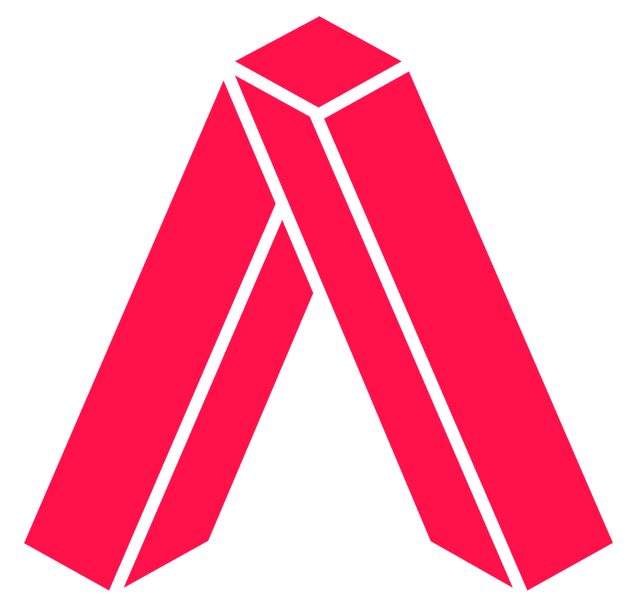The Importance of a Great Portfolio
Anyone who has gone through the process of looking for work should be well and truly across all the do’s and don’ts of resume writing and how to make a great first impression. However for those in the Architecture and Design Industry (or any creative industry for that matter), a resume is simply not enough. Sure it gives a great snapshot of where you’ve worked and what you’ve done but in an Industry that is all about presentation, I cannot stress the importance of accompanying that great resume with a brilliant, stand out portfolio.
In a competitive market, Hiring Managers are inundated with applications and do not have the time to chase you for examples of your work. Often when applying online you won’t have the option to attach a portfolio however always ensure you have it completed and ready to send in case a potential employer or recruiter makes contact. The extra time that it takes you to compile your portfolio, could mean the difference between getting an interview and missing out.
Some things to consider when creating your portfolio
- It is just as important how you present your portfolio as it is what is in the content
- Quality vs Quantity. You should always err on the side of providing high quality images rather than a higher quantity – remember the quality reflects your pride in your work.
- Your portfolio shows how you represent yourself so is an example of the highest quality you can produce and reflects the best work you can produce to represent the practice if hired
- Keep the file to a reasonable size – if your portfolio is enormous we won’t receive it. As a general rule, keep it to 5MB
- Keep it relevant to the roles you are applying for in both type of project and also the stage of the design process (concepts, TP, Doc, Detailing)
- Consolidate your work examples to one file – Hiring Managers are pressed for time as it is, so they certainly do not want to be clicking through 16 separate attachments
- Don’t limit the content to finished photos of your projects – demonstrate the extent of your experience including documentation, concept work, sketch design, sample boards and anything else that might be relevant to the role
- Make sure any important text is easy to read. Often, we will receive a portfolio that has been shrunk down to fit to the page and not even an industrial strength magnifying glass will help!
- Compiling your portfolio is an ongoing process throughout your career. Ensure that you keep it up to date as you go so that it is ready when you need it.
- And finally, don’t forget you’re in in an Industry where presentation is of utmost importance. If you want to be noticed, invest that extra time in making it presentable, neat and eye catching.
In the age of the Cloud the temptation is to dump everything into a Dropbox and provide a link. Your portfolio is a presentation and your chance to show your future employer your style, experience and presentation skills. If you force them to sift through entire drawing sets to find the relevant information you will lose their attention very quickly and you will see your opportunities slip through your fingers.
Follow these simple guidelines for the greatest impact:
- Quality is Key
- Keep it focused and relevant
- This is a professional presentation. Have your portfolio reflect this
- Make it easy for your audience to view












